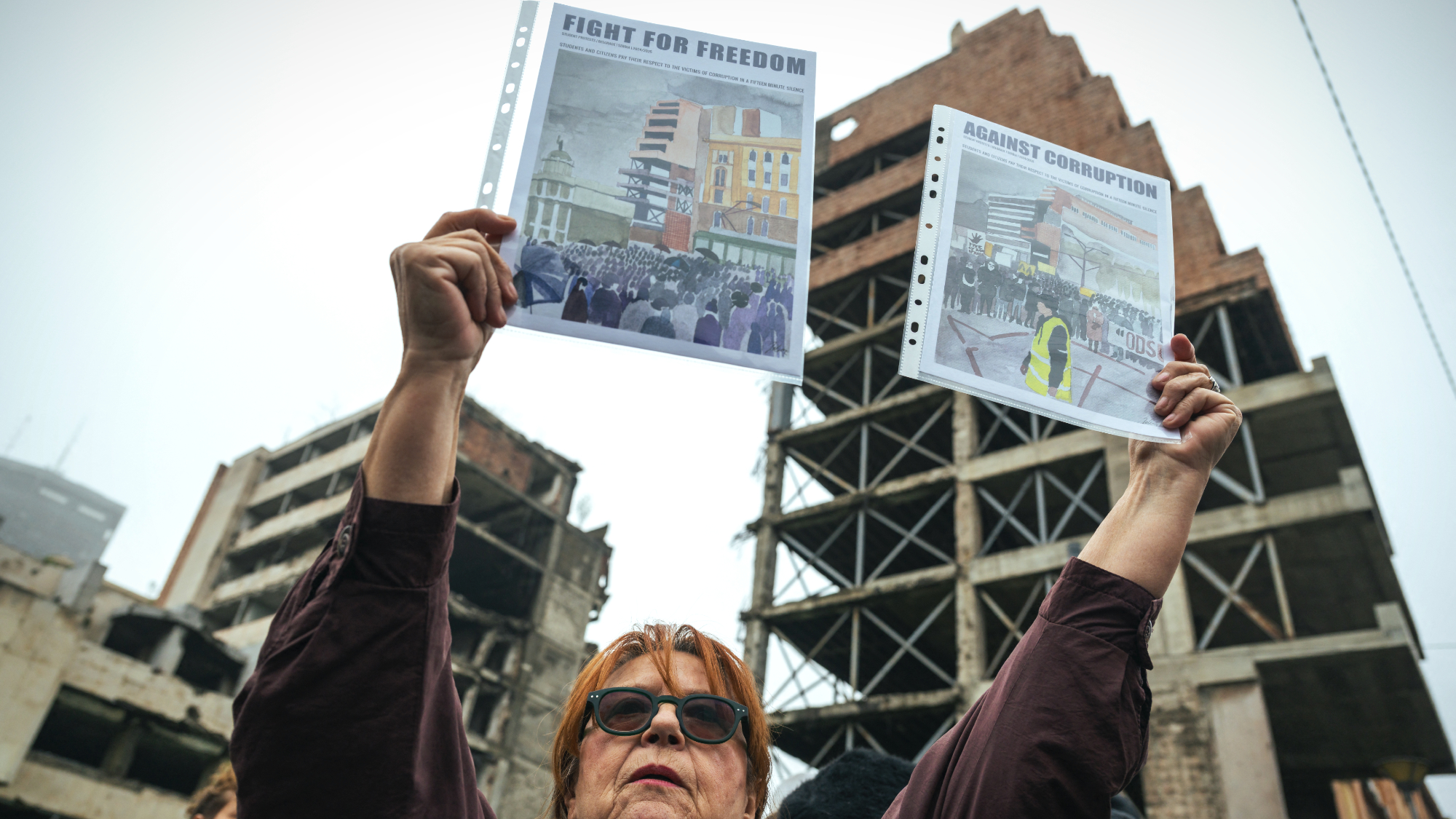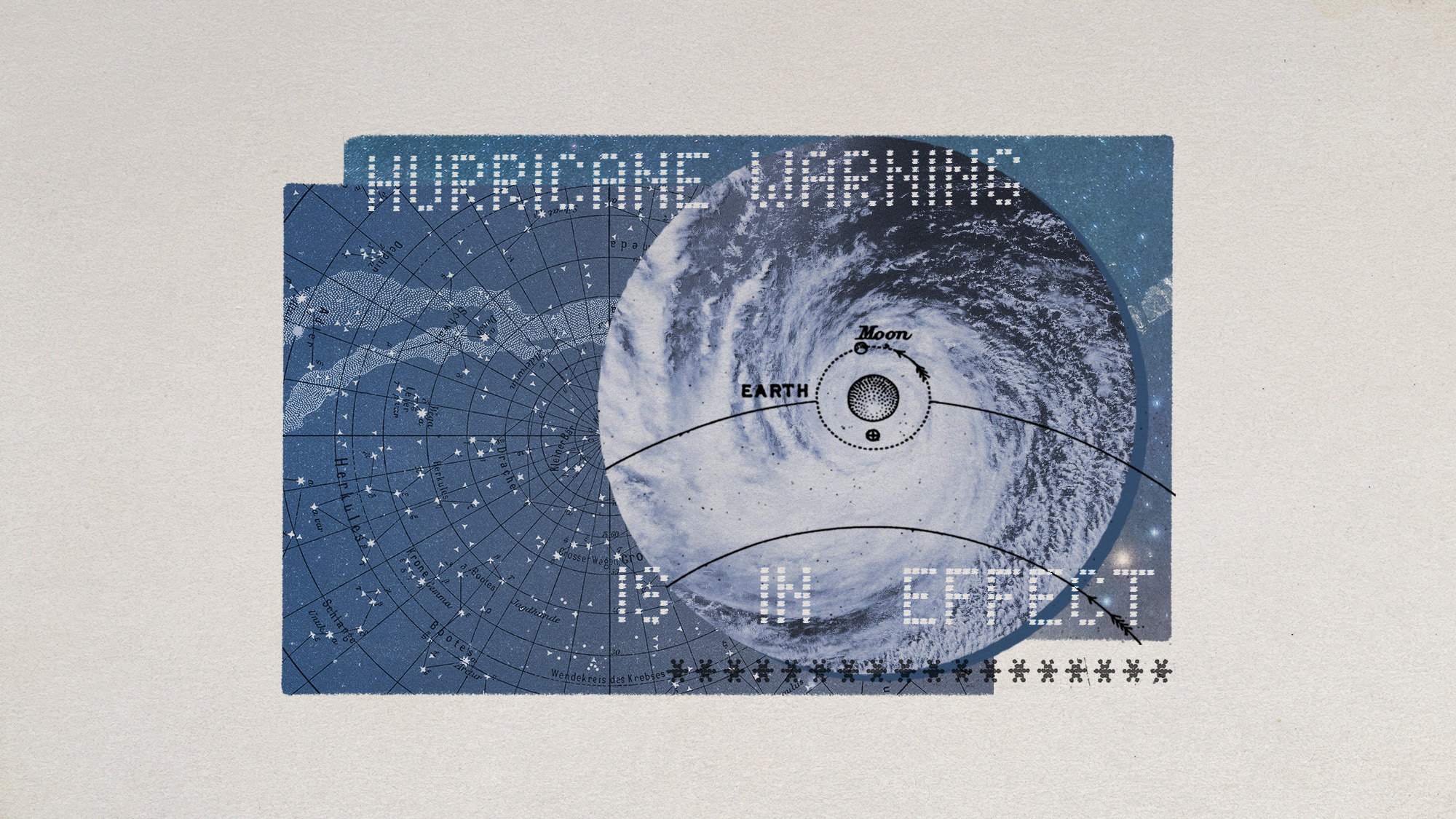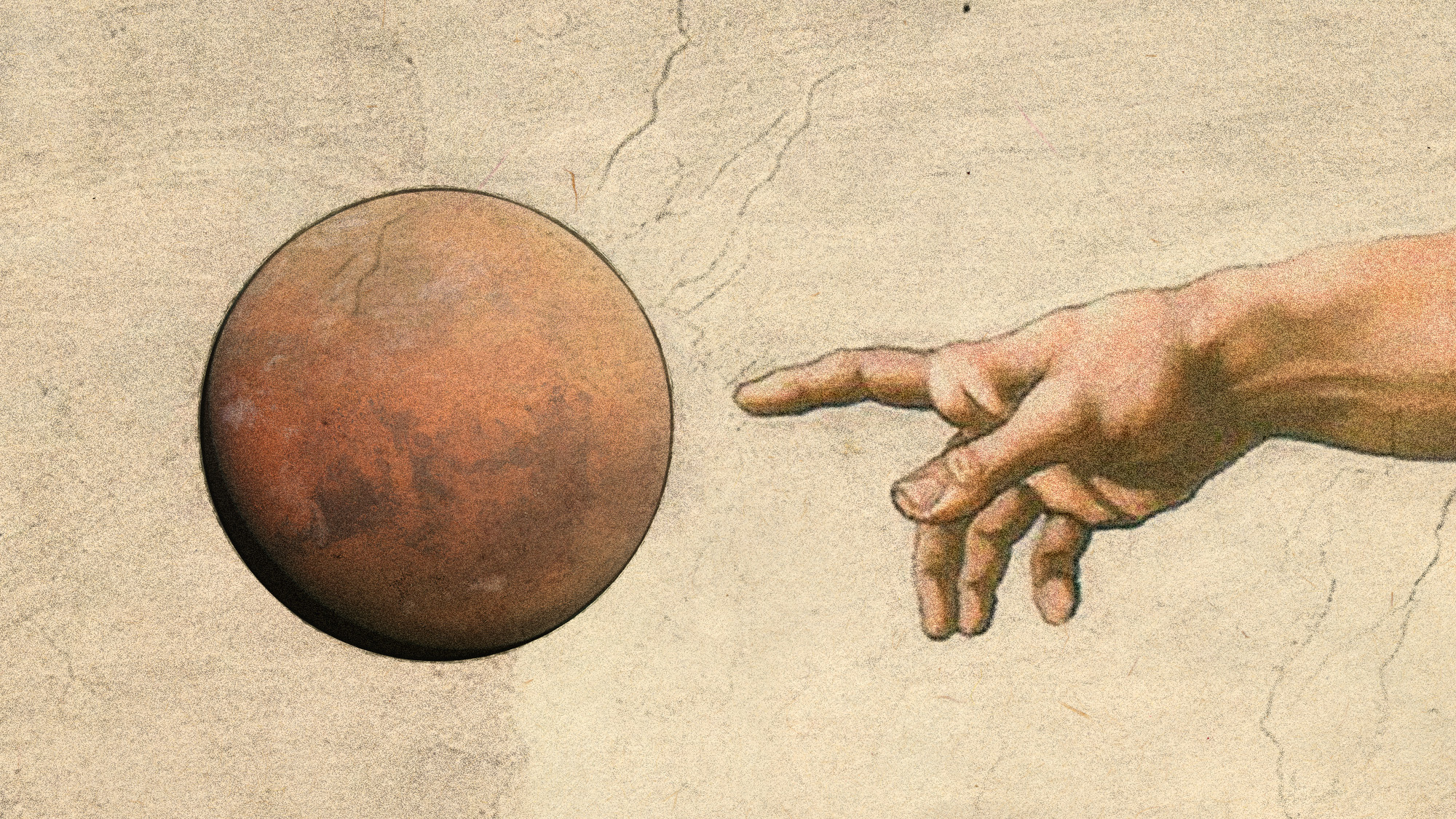Nasa reveals first close-up pictures of Ultima Thule
Distant space rock looks like a ‘large red snowman’

Nasa has released its first close-up images of Ultima Thule, a 21-mile-tall lump of space rock that lies four billion miles away on the edge of the solar system.
Taken by Nasa’s New Horizons spacecraft, the pictures reveal an unusual shape that looks like a snowman - suggesting Ultima Thule was originally two separate rocks that collided and stuck together.
The New Horizons fly-by smashes records for the “most distant ever exploration of a Solar System object”, reports the BBC. The previous record was set in 2015 when New Horizons flew past Pluto, three billion miles away.
The Week
Escape your echo chamber. Get the facts behind the news, plus analysis from multiple perspectives.

Sign up for The Week's Free Newsletters
From our morning news briefing to a weekly Good News Newsletter, get the best of The Week delivered directly to your inbox.
From our morning news briefing to a weekly Good News Newsletter, get the best of The Week delivered directly to your inbox.
The newly released images are just the first of thousands of photos taken by the probe in a region of the solar system called the Kuiper Belt – a distant collection of debris and dwarf planets.
More data from New Horizons will continue to be beamed back to Earth over the course of the next 20 months, with true higher-resolution images expected to start arriving in February, says The Guardian.
A free daily email with the biggest news stories of the day – and the best features from TheWeek.com
-
 Kushner drops Trump hotel project in Serbia
Kushner drops Trump hotel project in SerbiaSpeed Read Affinity Partners pulled out of a deal to finance a Trump-branded development in Belgrade
-
 Son arrested over killing of Rob and Michele Reiner
Son arrested over killing of Rob and Michele ReinerSpeed Read Nick, the 32-year-old son of Hollywood director Rob Reiner, has been booked for the murder of his parents
-
 US offers Ukraine NATO-like security pact, with caveats
US offers Ukraine NATO-like security pact, with caveatsSpeed Read The Trump administration has offered Ukraine security guarantees similar to those it would receive from NATO
-
 Blue Origin launches Mars probes in NASA debut
Blue Origin launches Mars probes in NASA debutSpeed Read The New Glenn rocket is carrying small twin spacecraft toward Mars as part of NASA’s Escapade mission
-
 ‘The Big Crunch’: why science is divided over the future of the universe
‘The Big Crunch’: why science is divided over the future of the universeThe Explainer New study upends the prevailing theory about dark matter and says it is weakening
-
 The moon is rusting
The moon is rustingUnder the radar The Earth is likely to blame
-
 Panspermia: the theory that life was sent to Earth by aliens
Panspermia: the theory that life was sent to Earth by aliensUnder The Radar New findings have resurfaced an old, controversial idea
-
 Africa could become the next frontier for space programs
Africa could become the next frontier for space programsThe Explainer China and the US are both working on space applications for Africa
-
 NASA is moving away from tracking climate change
NASA is moving away from tracking climate changeThe Explainer Climate missions could be going dark
-
 Hurricanes are not exclusive to Earth. They can happen in space.
Hurricanes are not exclusive to Earth. They can happen in space.Under the radar These storms may cause navigational problems
-
 Answers to how life on Earth began could be stuck on Mars
Answers to how life on Earth began could be stuck on MarsUnder the Radar Donald Trump plans to scrap Nasa's Mars Sample Return mission – stranding test tubes on the Red Planet and ceding potentially valuable information to China